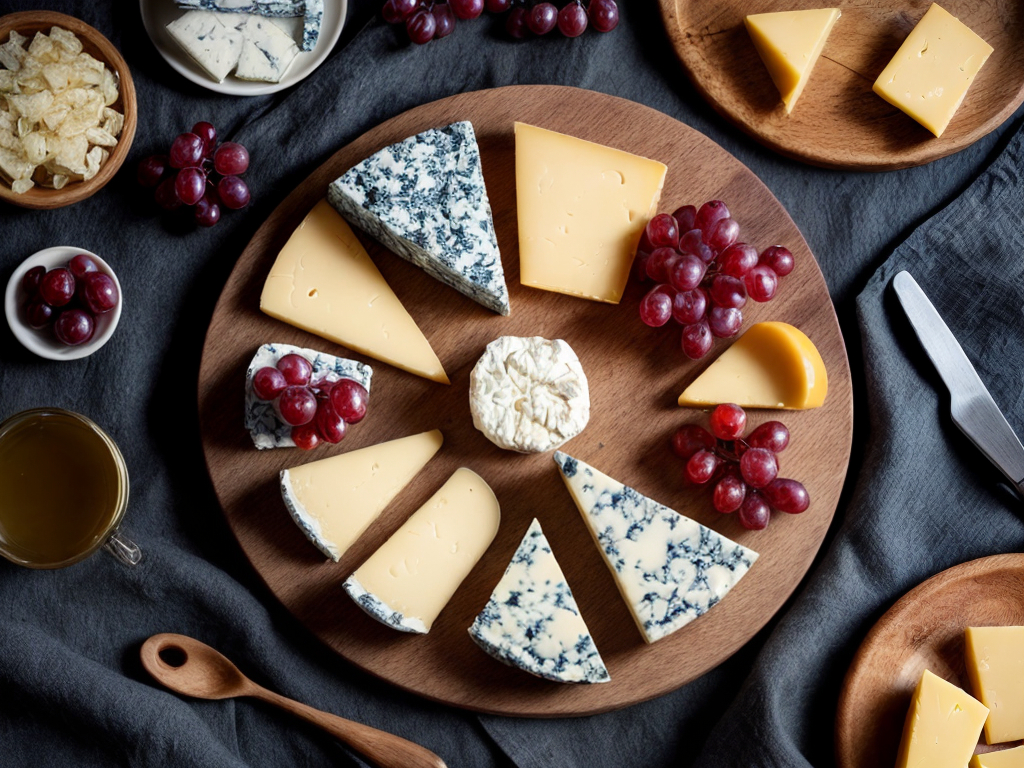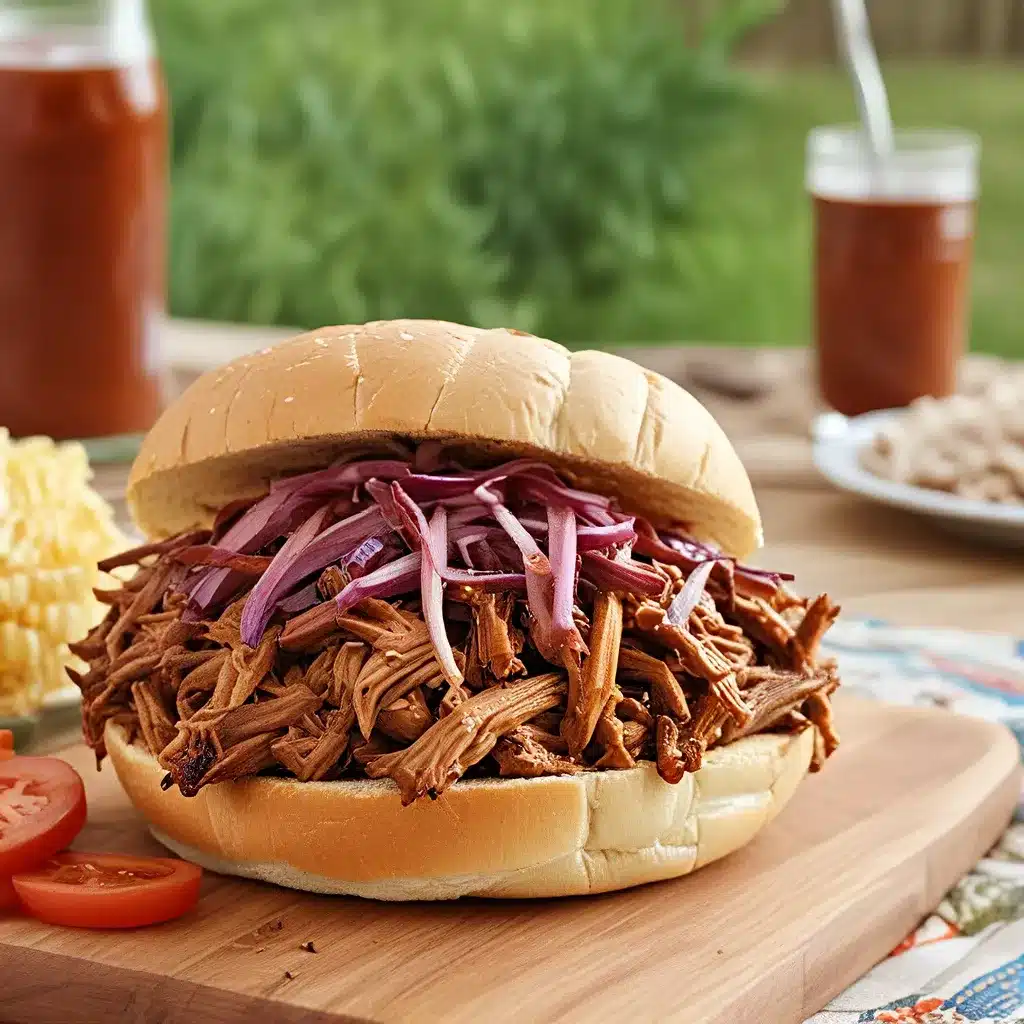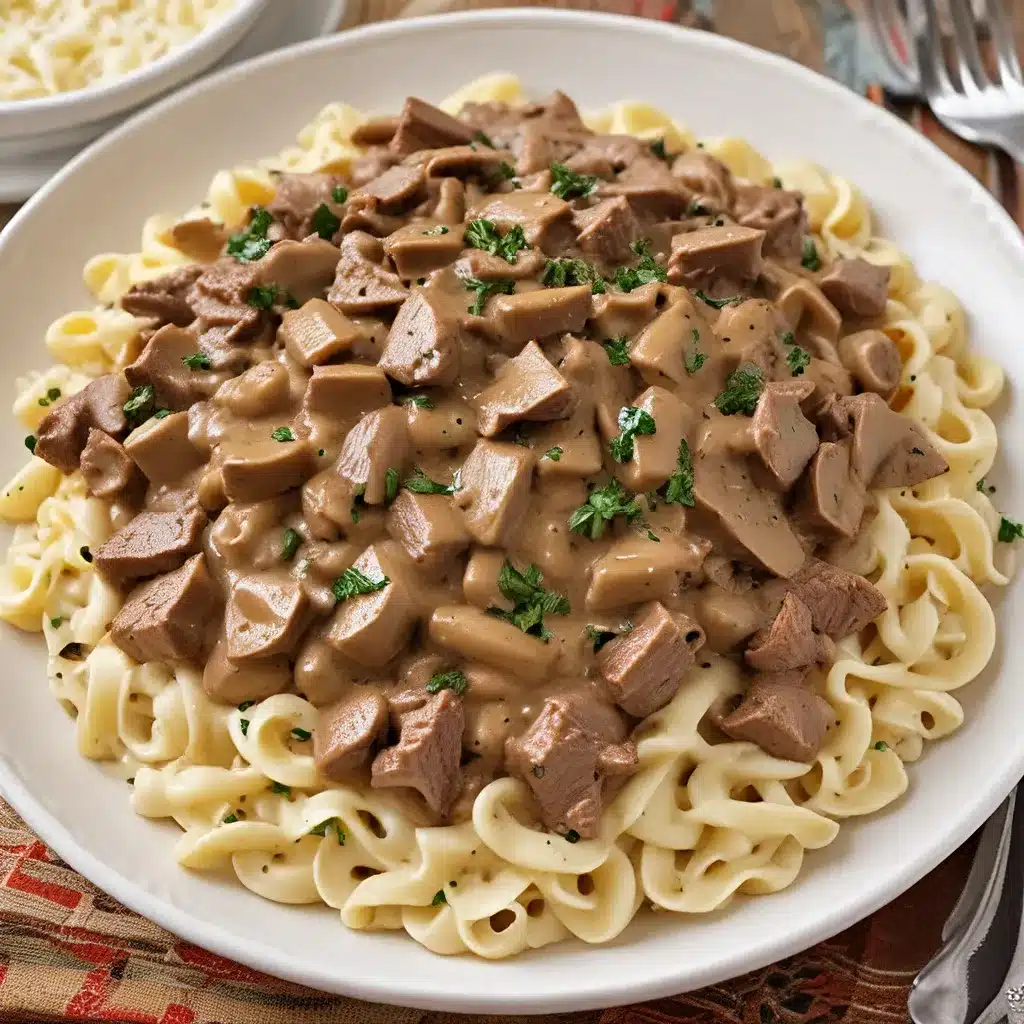
What makes the perfect cheese board? Is it the selection of cheeses or the way they are paired with other flavors? In this discussion, I will guide you through the essentials of creating a cheese board that is not only visually appealing but also offers a harmonious combination of flavors. From choosing the right cheeses to arranging them in an enticing layout, I will share tips and insights to elevate your cheese board game. So, stay tuned as we unravel the secrets behind the art of cheese board pairings and layout.
Choosing the Right Cheeses
When selecting cheeses for your cheese board, it’s important to choose varieties that complement each other in flavor and texture. To create a well-rounded selection, consider pairing your cheeses with wine and exploring alternative cheese options.
When it comes to pairing cheeses with wine, it’s essential to strike a balance. For lighter cheeses, such as fresh goat cheese or creamy brie, opt for a crisp white wine like Sauvignon Blanc or a light-bodied red like Pinot Noir. These wines won’t overpower the delicate flavors of the cheese.
For stronger, more robust cheeses like aged cheddar or blue cheese, a full-bodied red wine such as Cabernet Sauvignon or a rich, fortified wine like Port is an excellent choice. The bold flavors of these cheeses can stand up to the intensity of these wines.
In addition to traditional cheese options, don’t be afraid to explore alternative choices. Consider including a vegan cheese or a lactose-free option for guests with dietary restrictions. These alternatives can add diversity to your cheese board and ensure that everyone can enjoy the experience.
Creating Complementary Pairings
To create complementary pairings on your cheese board, consider the flavor profiles and textures of the cheeses you have selected. Matching flavors and textures can enhance the overall taste experience and make your cheese board more enjoyable. Here are some tips for creating harmonious pairings:
- Contrast sweet and salty: Pair a salty cheese, like aged cheddar, with a sweet accompaniment, such as honey or fig jam. The contrast between the flavors will create a delightful balance.
- Balance creamy and crunchy: Serve a creamy, soft cheese, like brie, alongside crunchy accompaniments like toasted baguette slices or crisp apple slices. The combination of textures will add depth to your cheese board.
- Consider wine pairings: Certain cheeses are known to pair well with specific wines. For example, a creamy goat cheese pairs beautifully with a crisp Sauvignon Blanc, while a rich blue cheese complements a bold Cabernet Sauvignon. Experiment with different wine and cheese combinations to find your favorites.
- Explore regional pairings: Some cheeses have traditional pairings based on their region of origin. For example, try pairing a tangy feta cheese with juicy watermelon for a Mediterranean-inspired combination.
- Get creative: Don’t be afraid to think outside the box and experiment with unique pairings. Consider incorporating dried fruits, nuts, or even dark chocolate to add depth and complexity to your cheese board.
Selecting Accompaniments and Condiments
Now let’s move on to selecting the perfect accompaniments and condiments to complement your cheese board. When it comes to condiment selection, it’s important to choose options that not only enhance the flavors of the cheese but also create unique combinations that will delight your taste buds.
One classic condiment that pairs well with a variety of cheeses is honey. Its sweetness adds a delightful contrast to the savory notes of the cheese. You can also consider including fruit preserves, such as fig or apricot, which provide a tangy and slightly sweet element that complements many types of cheese.
Another option to consider is a selection of nuts. They add a crunchy texture and a subtle nuttiness that can enhance the overall experience. Walnuts, almonds, and pistachios are excellent choices that pair well with a wide range of cheese flavors.
For those who prefer a savory touch, you can include cured meats like prosciutto or salami. These meats offer a salty and rich flavor that can balance out the creaminess of certain cheeses.
Lastly, don’t forget about crackers and bread. Opt for a variety of options, such as plain, seeded, or whole wheat, to provide a neutral base for your cheese and condiment combinations.
Arranging the Cheese Board
To create an appealing cheese board, careful consideration should be given to the arrangement of the various cheese and accompaniments. The way you arrange your cheese board can greatly enhance the overall presentation and enjoyment of the experience. Here are some arranging techniques and presentation ideas to help you create a visually stunning and safe cheese board:
- Balance: Place different types of cheese evenly across the board to create a sense of balance. Mix up the colors, textures, and shapes for an attractive display.
- Grouping: Group cheeses with similar flavors or textures together. This allows your guests to easily identify and choose the cheese they prefer.
- Accompaniments: Arrange accompaniments such as crackers, bread, and fruits around the cheese. This ensures that each cheese has its own designated accompaniments and prevents cross-contamination.
- Labels: Use small labels to identify each cheese. This helps your guests know what they are eating and prevents any confusion or allergy-related issues.
- Empty Space: Don’t overcrowd the cheese board. Leave some empty space for your guests to easily pick up and enjoy the cheese and accompaniments.
Tips for Serving and Enjoying
For a delightful cheese board experience, here are some helpful tips to ensure a seamless serving and enjoyable time. To enhance the flavors of the cheeses, it is recommended to let them sit at room temperature for about 30 minutes before serving. This allows the flavors to fully develop and the textures to soften. When presenting the cheese board, consider arranging the cheeses from mild to strong, so that your guests can gradually experience the different flavors. It is also important to provide a variety of accompaniments, such as crackers, bread, fruits, and nuts. These pairings not only add texture and flavor, but also provide a balance to the richness of the cheeses. To ensure safety, use separate knives and utensils for each cheese to avoid cross-contamination. Additionally, label the cheeses so that your guests know what they are tasting. Lastly, remember to have fun and enjoy the experience. Cheese boards are meant to be savored and shared with loved ones, so take the time to appreciate the flavors and the company.
Conclusion
In conclusion, creating a well-balanced cheese board is all about choosing the right cheeses, creating complementary pairings, selecting accompaniments and condiments, and arranging everything in an appealing way. By following these steps, you can create a cheese board that is not only visually stunning but also offers a variety of flavors and textures for your guests to enjoy. So next time you’re hosting a gathering, remember these essentials and impress your guests with a delicious cheese board.







